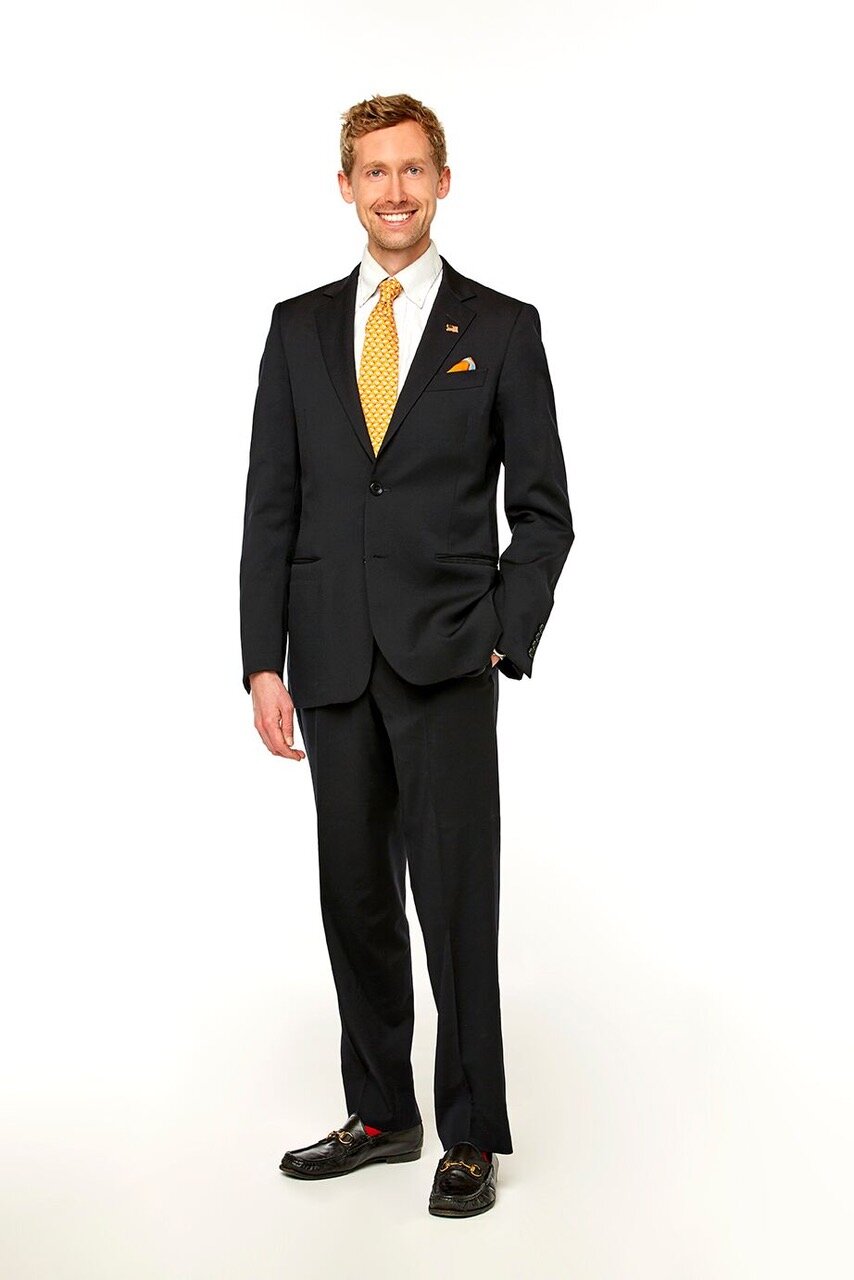How to Find the Perfect Real Estate Agent
These are what I consider the five most important things to look for when selecting a real estate agent.
Look for a Realtor®.
Being a real estate agent and being a Realtor® aren’t the same thing. An agent who is a Realtor® is a member of the National Association of Realtors®, the trade association for brokers and agents. Realtors® are bound by a Code of Ethics, and hold themselves to a high standard. Agents join the National Association, not just for the internal benefits such as training and accreditation, but also because it shows clients that they are committed to providing the best service.
2. Look for someone who lives in and knows the area.
Using an agent who lives in the area where you’re planning to move can be tremendously helpful. He or she can give you tips and resources from the experience of living in the area.
I’ve lived in the Back Bay for 11 years. I am confident that I can answer almost any questions you might have about moving to the area. Looking for the closest post office? Where to find the best coffee? Where to get the best salad? I’ve got you covered.
3. Read reviews.
This business is almost entirely reputation- based. Real estate agents aren’t paid a salary. Our income is solely commission-based. Reviews from past clients and customers are very important. They help the agent understand what the client liked and didn’t like, and also give future clients a glimpse of how the agent works and what to expect.
4. Choose someone who understands you and your needs.
By choosing an agent who understands you and what you are seeking, you will save a lot of time. There will be properties that meet some of your criteria but aren’t really what you want. An agent who knows exactly what you’re looking for isn’t going to waste your time showing you places that will not work for you.
5. Choose someone who will put your needs first.
Choose an agent who answers your phone calls. If he doesn’t answer yours, he probably does not answer potential buyers’ calls either. Make sure you select an agent who is willing to work with your schedule. And pick an agent who will communicate with you the best way for you—whether it’s by phone, text, dm or email.
If you have any questions about Back Bay real estate or about the market in general, please ask me! My cellphone number is 617 528 8461 and my email address is willy.charleton@nemoves.com. I’d love to hear from you!















